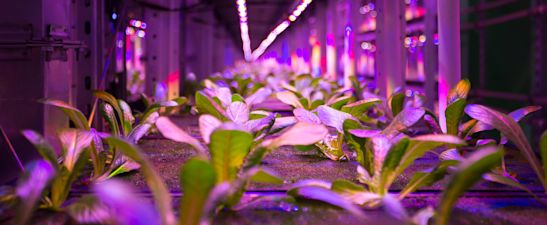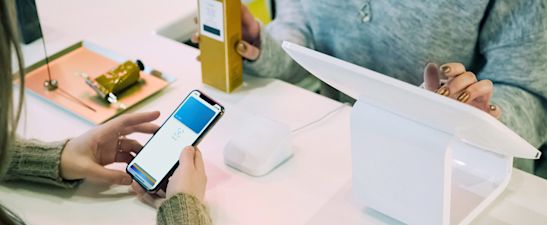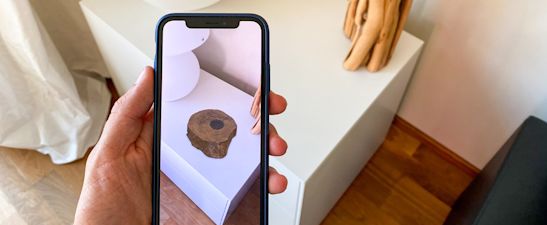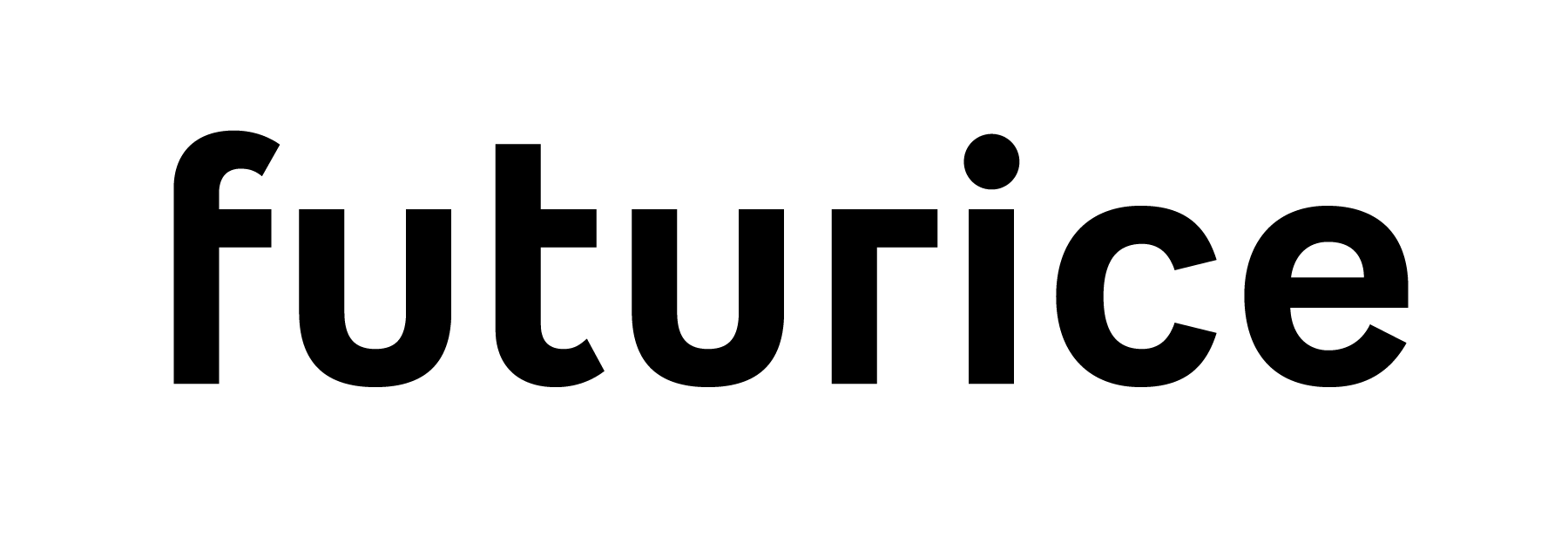Introduction
Digital twinning has been dubbed the most transformative technological trend of our time. It refers to software models of real-world items that can be used to run simulations before making costly changes in real-life solutions. As such, talk about digital twins is only a way to concretize the promises of IoT and multifaceted data usage in a situation where data would be ample and well organized enough to allow realistic experimentation with people, things, spaces and systems. By running simulations, issues in production or logistics can be spotted well in advance and expensive downtime minimized. Imaginary new offerings can be tested with a digital twin customer base, and customer buying behavior mimicked in different future scenarios. This is especially helpful when adjusting pricing and client-specific opportunities for maximum results.
The age of digital twins will truly be upon us when we have enough data points of the physical and virtual objects that are interacting in the ecosystem.
Next steps
Digital twin data will be used in simulation, analysis, forecasting, decision-making and optimization - and to make retail smoother for both vendors and customers. It’s also cheaper and takes less time than experimenting with real-life counterparts.
Opportunities
- Explore what kinds of digital twins you already have of customers, employees, machines, spaces, systems, supply chains and logistics processes
- Investigate how the data could help simulate, anticipate and optimize your most business critical flows
- Understand that creating digital twins places a lot of demands on data processing, such as being able to transform different datasets into a workable, compatible whole







